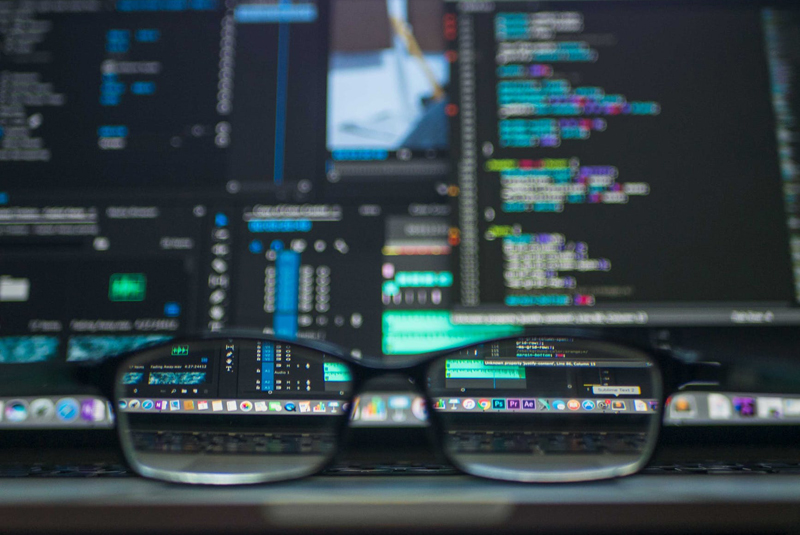Computer Motherboard Explained

This is the second article in the series on how computers work. For this article the base building block of a computer system, the motherboard will be explored and explained. The motherboard is crucial in the design and operation of a computer as it provides the connections and communication pathways for all the components.
The motherboard can be considered the backbone of a computer system as all the components connect to and communicate via the motherboard. The motherboard is a printed circuit board (PCB) that etched using copper to created pathways between components. Traditionally, components are connected to the motherboard via the use of sockets and slots though it is more common now to have the components integrated into the motherboard.
The are many types of components that connect to a motherboard which include microprocessors, firmware, BIOS, hard drives, floppy drives, video cards, memory, CD-ROM drives, power supply, network cards and DVD drives. Each component connects to the motherboard with a different type of connection. For components such as hard drives, floppy drives, CD-ROM and DVD drives the components are typically connected to the motherboard with a ribbon cable. For components such as the microprocessor and memory, these use connections such as slots or sockets.
In addition to providing connections and communication pathways for internal components, the motherboard also supports connection for external peripherals such as mice, keyboards, monitors and printers. Additional external connections can be added to the computer by adding expansion boards to slots on the motherboard. Typically motherboards can have anywhere from two to six expansion slots for adding optional expansion cards to the system.
Earlier motherboards did not have many components integrated into the board – the components were added via expansion cards. Over the years, many components such as sound, video and networking have been integrated into the motherboard design. The integration of components allows for a small form factor for the motherboard that creates computer systems with a smaller footprint. In addition, by integrating various components into the motherboard it reduces the overall cost of the computer as oppose to purchasing all the components separately.
The is the basic overview of a motherboard. As the series on how computers work continues and the different components are explained it will become clearer how everything in a computer comes together and functions. For the next article, the microprocessor – “the brain” – of the computer will be discussed.
You Should Also Read:
Components of a Personal Computer
Computer Microprocessor CPU Explained
Computer Memory Explained

Related Articles
Editor's Picks Articles
Top Ten Articles
Previous Features
Site Map
Content copyright © 2023 by Allison Nunn. All rights reserved.
This content was written by Allison Nunn. If you wish to use this content in any manner, you need written permission. Contact Allison Nunn for details.


